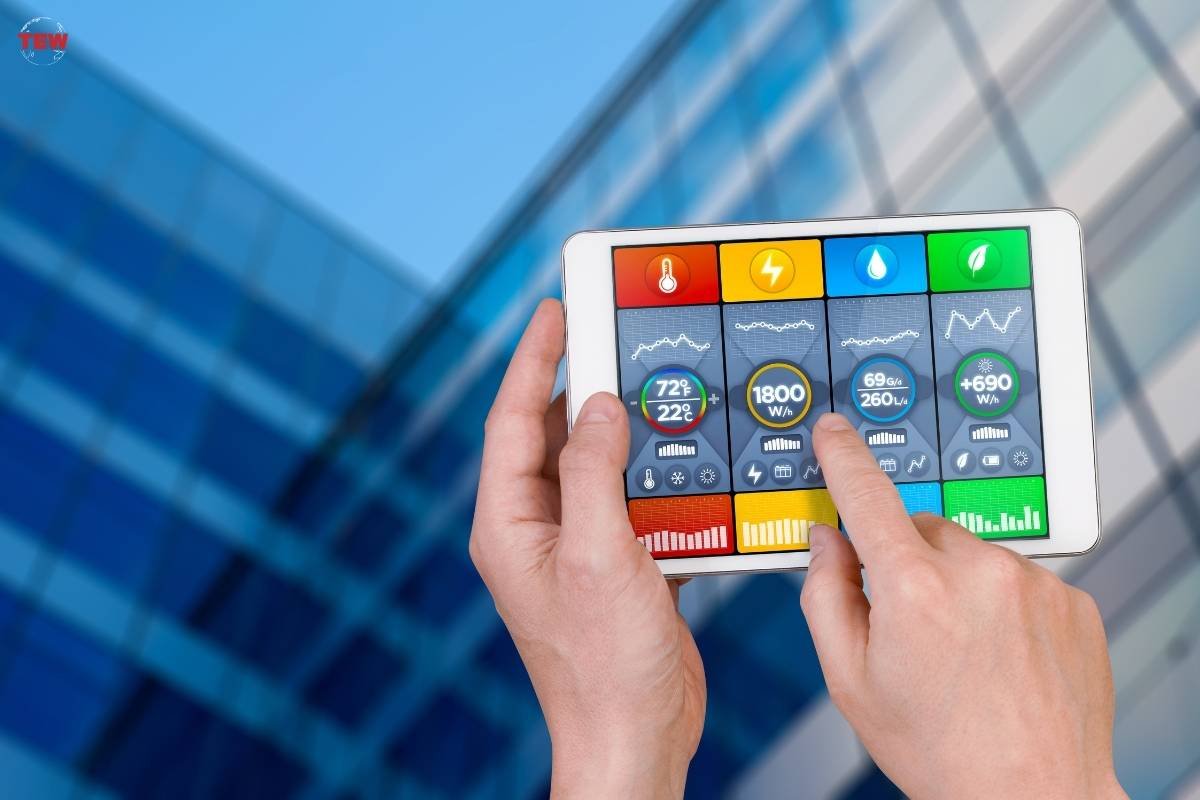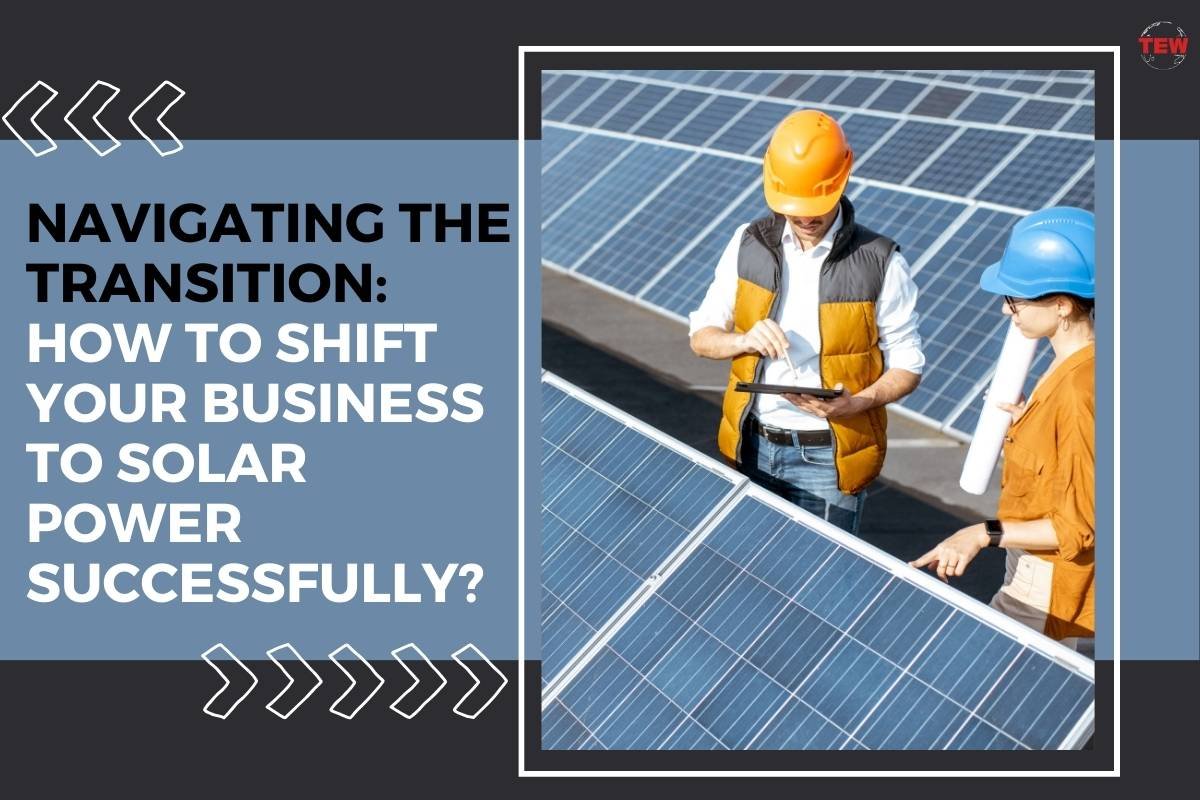Shifting your business to solar power represents a significant step toward sustainability and long-term cost savings. As businesses across the globe strive for greener operations, the transition to solar energy has become a crucial move for forward-thinking companies. This change reflects a commitment to environmental stewardship and offers a hedge against rising energy costs.
Incorporating solar generators into your energy mix can be a smart strategy. These devices convert sunlight directly into electricity, providing a reliable and clean power source. Their integration into your business operations signals a modern approach to energy consumption, paving the way for a smoother transition to full business To solar power.
Continue reading to learn how transitioning your business to solar power can offer significant advantages in sustainable energy usage.
Understand Your Solar Potential
Assessing your business’s solar potential is a critical first step in shifting towards sustainable energy sources. This process gives you a clear picture of how well solar power can meet your energy needs, considering the unique aspects of your location and infrastructure.
Below are the key factors to examine:
- Evaluate your site’s solar resource: The sunlight your location receives primarily determines your solar potential. Regions closer to the equator typically receive more sunlight, increasing their solar generating capacity. Utilize solar maps or consult with professionals to gauge the solar resources available to you.
- Analyze energy consumption patterns: A detailed review of your energy bills will reveal your peak energy usage times and overall consumption. This insight helps design a solar system that matches your energy needs, potentially leading to significant savings on your energy costs.
- Consider roof space and condition: Sufficient, unobstructed roof space is crucial for installing solar panels. The roof’s orientation, angle, and strength affect the system’s efficiency and feasibility. For roofs that are not suitable, ground-mounted systems could be an alternative.

A thorough understanding of your solar potential is instrumental in ensuring a successful transition to solar energy. It allows for an informed decision-making process tailored to your requirements and conditions.
Evaluate Financial Incentives And Options
When considering the shift business to solar power, the financial aspect is critical. Various incentives and financing options can significantly reduce the initial investment and enhance your business’s overall affordability of solar energy systems.
Below are the key points to consider in this financial journey:

- Research federal and state incentives: Many governments encourage solar energy adoption. These can include tax credits, which reduce the tax your business owes; rebates, which provide upfront discounts on solar system costs; and grants, which offer funding without the need to repay. These incentives can significantly lower the cost barrier to solar energy adoption.
- Understand solar financing options: Financing options vary widely and can significantly impact your solar project’s affordability. Loans are a common choice, allowing businesses to pay for their solar system over time. Leases and power purchase agreements (PPAs) offer alternatives where you don’t own the system outright but can still benefit from sgifting business to solar power. A lease involves paying a fixed monthly fee for using the solar system, while PPAs charge you for the electricity generated, often at a lower rate than the local utility.
- Calculate long-term savings: Estimating the long-term savings from switching to solar is vital. This calculation should factor in reducing your current energy bills, the potential increase in property value, and the stability of solar energy costs compared to traditional energy sources. Over time, these savings can offset the initial investment in solar technology.
Evaluating financial incentives and options is a cornerstone of a successful transition to solar power. It ensures that your move is both environmentally and financially wise.
Plan Your Solar Installation
Preparing your business for solar panels involves a few key steps to ensure everything goes smoothly. This stage is critical in ensuring that solar power integration into your operations enhances efficiency without significant disruptions.
Below are the essential steps to consider:

- Choose the right solar provider: Finding a provider with a solid track record is crucial. Look for companies with extensive experience and positive customer reviews. They should offer quality panels and have a strong after-sales support system.
- Understand the installation process: Being familiar with what the installation entails can help you plan better. This includes knowing the timeline, from the initial assessment to installation, and understanding any necessary preparations or adjustments to your premises.
- Prepare for installation: Work closely with your chosen provider to ensure your site is ready. This might include clearing the area around the installation site or making minor adjustments to your roof. Ensuring your business operations can continue with minimal disruption during this phase is also vital.
Planning your solar installation with these steps in mind ensures a seamless transition. It reduces the likelihood of unexpected challenges and helps you get the most out of your solar investment. With careful preparation, your business can smoothly integrate solar power, paving the way for sustainable energy usage and cost savings.
Conclusion
Switching to solar power positions your business at the forefront of sustainability and financial savings. The journey involves understanding your solar potential, navigating financial incentives, and planning your installation process meticulously. Each step is designed to tailor the solar solution to your needs, ensuring a fit that maximizes benefits while minimizing costs.




